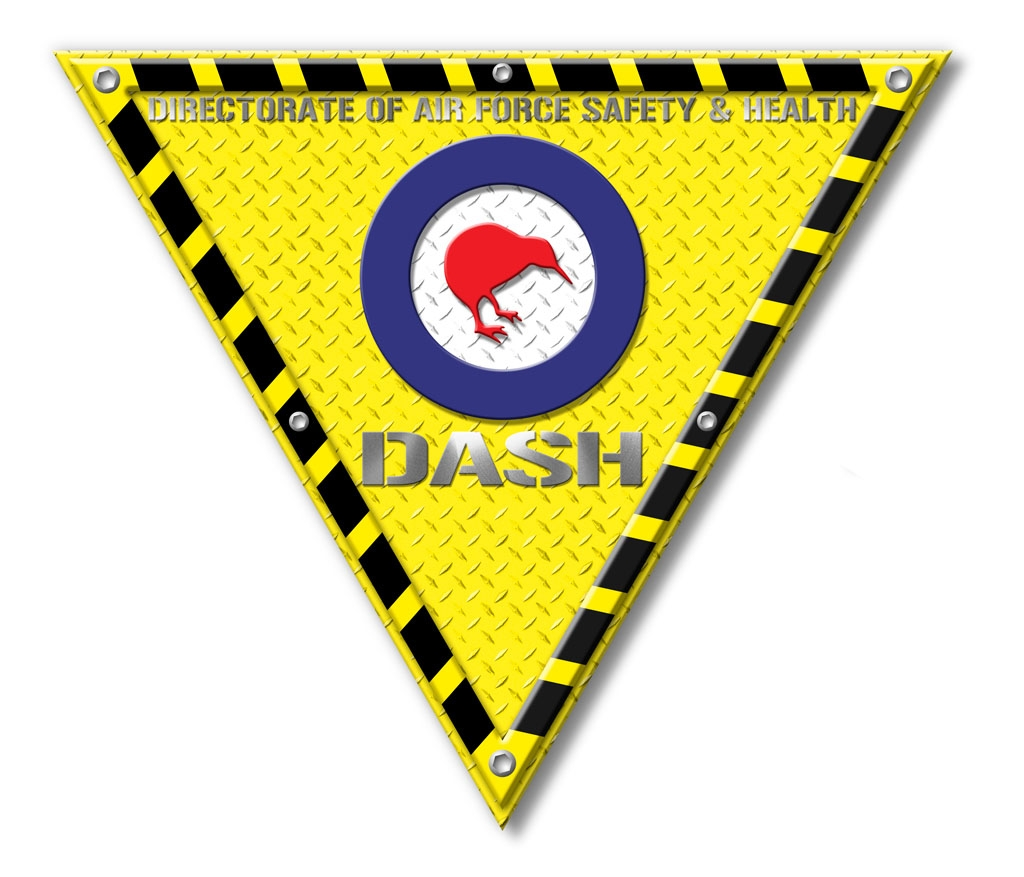Title Page
-
Document No.
-
Audit Title
-
Client / Site
-
Conducted on
-
Prepared by
-
Location
-
Personnel
Standard 3.2.1 Food Safety Programs
General Food Safety Program Requirements
-
Does the food business examine its food handling operations to identify hazards?
-
Do hazards exist?
-
Where hazards exist, is a Food Safety Program implemented to control the hazards?
-
Do they comply with the Food Safety Program?
-
Do they review the Food Safety Program annually?
Auditing of Food Safety Programs
-
Has the Food Safety Program been audited at the appropriate frequency?
-
Was the Food Safety Program made available as a written document?
-
Were copies of previous audit reporting available?
Food Safety Program Content
-
Are the potential hazards adequately identified?
-
Does each hazard identify where it can be controlled and by what means?
-
Is there a systematic monitoring provision of the controls?
-
Is there appropriate corrective provisions for hazards found not to be under control?
-
Is the Food Safety Program regularly reviewed?
-
Are appropriate records made and kept demonstrating compliance?
-
Additional information
Standard 3.2.2 Food Safety Practices and General Requirements
General Requirements
-
Do food handlers have skills in and knowledge of Food Safety?
-
Has the business notified the relevant agency of their contact details, nature of business and locations of all food premises within agency jurisdiction?
-
If there is any proposed changes to the details in the above question, have they been communicated to the relevant agency?
-
Additional information
Food Handling Controls
-
Are all practicable measures taken to ensure that it only accepts food that is likely to be contaminated?
-
Can the business provide the required food supplier details and descriptor of the food?
-
Are all practicable measures taken to ensure potentially hazardous food is only received at temperatures below 5 degrees Celsius and above 60 degrees Celsius unless demonstrated that the temperature does not adversely affect the microbiological safety of the food?
-
Is potentially hazardous food stored under adequate temperature control and that food intended to be stored frozen remains frozen during storage?
-
Are all practicable measures taken to process only safe and suitable food?
-
Is stored food protected from the likelihood of contamination and under environmental conditions that do not adversely affect the microbiological safety of the food?
-
When processing food, are all necessary steps taken to prevent the likelihood of contamination and where such a step is required to reduce potential pathogens to safe levels, is the step reasonably known to achieve the microbiological safety of the food?
-
When processing potentially hazardous food not undergoing a pathogen control step, is it ensured that the time the food remains at temperatures that enable microorganism growth is minimised?
-
When cooling cooked potentially hazardous food, is it cooled from 60 degrees Celsius to 21 degrees Celsius within two hours and within a further four hours cooled from 21 degrees Celsius to 5 degrees Celsius; unless it can be demonstrated that the cooling process will not adversely affect the microbiological safety of the food?
-
When reheating previously cooked and cooled potentially hazardous food, does the process rapidly heat the food to a temperature of 60 degrees Celsius or above; unless it can be demonstrated that the process will not adversely affect the microbiological safety of the food?
-
When displaying food, are all practicable measures taken to protect the food from the likelihood of contamination?
-
When displaying unpackaged ready-to-eat food for self service, is the food effectively supervised to respond to contamination or potential contamination; are separate serving utensils or dispensing methods provided for each food; and protective barriers in place that minimise the likelihood of contamination by customers?
-
When displaying potentially hazardous food, is it displayed under temperature control and food intended to be frozen remains frozen?
-
When packaging food, is material used fit for its intended use, not likely to cause food contamination and there is no likelihood that the food could become contaminated during the process?
-
When transporting food, is all food protected from the likelihood of contamination, potentially hazardous food transported under temperature control and food intended to be frozen remains frozen during transportation?
-
Is food for disposal kept separate until it is destroyed, returned, processed suitably, or ascertained to to safe and suitable?
-
Is food for disposal that is kept separate clearly identified as either returned, recalled, or unsafe / unsuitable as the case may be?
-
Is it ensured that any food that has already been served to a person is not served to another person unless it was served completely wrapped and remained completely wrapped?
-
Is there a system to ensure the recall of unsafe food, the system set out in a written document and the system is complied with?
-
Additional information
Health and Hygiene Requirements
-
Do food handlers take all reasonable measures not to handle food or surfaces that are likely to come in contact with food in a way that is likely to compromise food safety?
-
Do food handlers that suffer from, suspect they suffer from, of are a carrier of a foodborne disease or a condition that may contaminate food report their circumstances; not engage in food handling where likelihood of contamination exists?
-
Do food handlers notify their supervisor if they know or suspect food is contaminated?
-
Do food handlers wash their hands whenever they are likely to cause contamination; immediately before working with ready-to-eat food; immediately after using the toilet,smoking,coughing, sneezing; after using a handkerchief or tissue, eating, drinking or using tobacco; and after touching hair, scalp or a body opening?
-
Do food handlers take all practicable measures to ensure their body or clothing does not contaminate food; prevent unnecessary contact with ready-to-eat food; clothing is clean; bandages and dressings are completely covered with a waterproofed covering; not eat, sneeze, blow or cough over unprotected food or food surfaces; not spit, smoke or use tobacco in food preparation areas; and only use appropriate toilet facilities?
-
When washing hands do food handlers use the hand washing facilities provided; thoroughly clean their hands with soap and warm running water; and thoroughly dry theier hands on single use towell or other acceptable means?
-
Does the business ensure people who are known or reasonably suspected to be suffering a condition or food borne disease are not engaged in food handling likely to cause contamination?
-
Does the business maintain easily accessible hand washing facilities only for such use; a supply of warm running water, soap (or other acceptable items), single use towels (or other acceptable means to dry hands) and a container for used towels.
-
Does the business inform all food handlers of their health and hygiene obligations, treat information from a food handler with appropriate confidentiality and take all practicable measures to ensure all people on the premises do not contaminate food, have unnecessary contact with food and not spit or smoke in areas likely to come in contact with food?
-
Additional information
Cleaning, Sanitising and Maintenance
-
Is the premises free from accumulated garbage, recycling, food waste, dirt, grease, or other visible matter?
-
Are all fixtures, fittings, equipment and vehicles free from accumulated food waste, dirt, grease or other visible matter?
-
Are utensils and food contact surfaces in a clean and sanitary condition prior to use?
-
Are the food premises, fixtures, fittings, equipment and vehicles in a good state of repair and working order?
-
Chipped, broken or cracked utensils are not being used?
-
Additional information
Maintenance
-
There is a temperature measuring device that is readily accessible and can accurately measure to within 1 degree Celsius?
-
Are all practicable measures taken to ensure that single use items do not come into contact with a person if they are contaminated or suspected of such and not reused.
-
Live animals with exception of seafood are not permitted in food service areas?
-
All practicable measures are taken to ensure pests do not enter the premises and there are measures to eradicate and prevent harbourage of pests?
-
Additional information
Standard 3.2.3 Food Premises and Equipment
Design and Construction of Food Premises
-
Is the construction of the kitchen appropriate for the activities for which the process will be used for?
-
Are the work stations clear from contaminates where practicable to dust, pests, dirt etc?
-
Is the supply of water to the premises adequate for the purpose of cooking and cleaning?
-
Are sewage and waste water manhole covers properly secured?
-
Are bins provided for both garbage and recycling products?
-
Does the premises have adequate natural or mechanical ventilation?
-
Is there sufficient natural or artificial light?
-
Additional information
Floors, Walls and Ceilings
-
Are floors designed and constructed to be effectively cleaned, non-porous, adequately drained, and practicably unable to harbor pests?
-
Are walls and ceilings designed and constructed to to prevent the entry of pests and contaminants, non-porous and appropriately cleaned?
-
Additional information
Fixtures, Fittings and Equipment
-
Are fixtures, fittings and equipment adequate for food production and fit for intended use?
-
Are fixtures, fittings and equipment located and installed adequately?
-
Are fixtures, fittings and equipment non-porous, can be adequately cleaned and not made of material likely to contaminate food?
-
Are utensils able to be easily and effectively cleaned?
-
Additional information
Miscellaneous
-
Is there separate and adequate storage facilities for chemicals, clothing and personal items, such that there cannot be any contamination of food?
-
Are there adequate toilet facilities for food handlers?
-
Do vehicles provide adequate protection for food during transportation to prevent contamination?
-
Additional information








